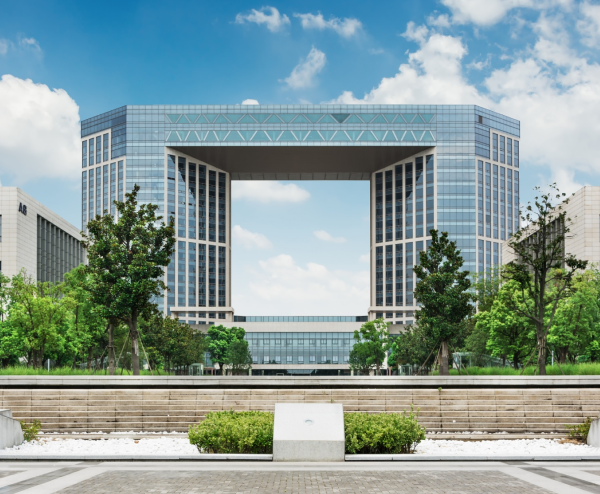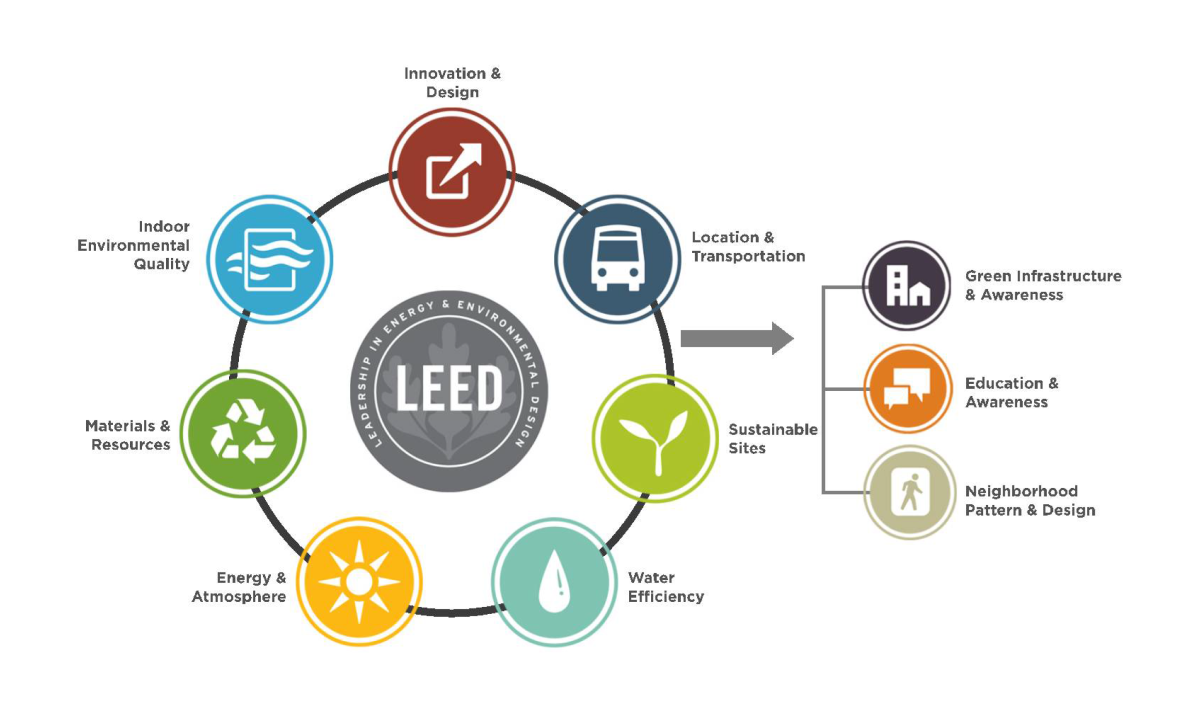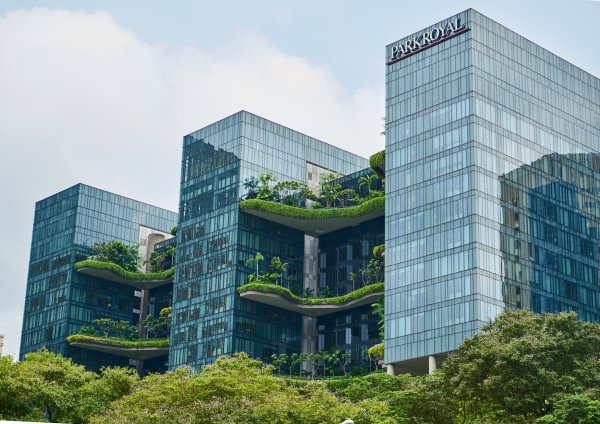Industry Transformation Map (ITM)


Green Building
Green building is also now known as sustainable building. It is both a structure and a process that is environmentally responsible and resource-efficient during a building’s entire life cycle, from planning to construction to operation, maintenance, renovation, and demolition. This requires the close cooperation of the contractor, the architects, the engineers, and the client at all project stages.
The green building practice expands and complements the classical building design concerns of economy, utility, durability, and comfort. It also refers to saving resources to the maximum extent, including energy saving, land saving, water saving, material saving, etc during the whole life cycle of the building, protecting the environment and reducing pollution, providing people with healthy, comfortable, and efficient use of space, and being in harmony with nature. Low consumption, high efficiency, economy, environmental protection, integration, and optimization are the tenets of green building technology.
Leadership in Energy and Environmental Design (LEED)

Leadership in Energy and Environmental Design (LEED) is a set of rating systems for the design, construction, operation, and maintenance of green buildings that was developed by the U.S. Green Building Council. For buildings and large-scale developments, BREEAM (Building Research Establishment Environmental Assessment Method) is a certification system that confirms sustainability. The DGNB System (Deutsche Gesellschaft for Nachhaltiges Bauen e.V.) is another way to benchmark the sustainability performance of indoor environments and districts.
Building Information Modeling (BIM)
Building information modeling (BIM) is a process involving the generation and management of digital representations of the physical and functional characteristics of places. Building information models (BIMs) are files (often but not always in proprietary formats and containing proprietary data) that can be extracted, exchanged, or networked to support decision-making regarding a building or other constructed asset. BIM software is used by individuals, businesses, and government agencies to plan, design, construct, operate, and maintain diverse physical infrastructures. This includes water, refuse, electricity, gas, communication utilities, roads, railways, bridges, ports, and tunnels.

Sustainable urban systems accelerate our decarbonization efforts to support our net-zero aspirations and create a more sustainable and livable built environment. Integrated, Aggregated, and Smart Facilities Management can help you streamline operations and improve building maintenance.
KEY ENABLERS
Drive value chain
transformation
Spur innovation and technology
to build capable firms
Groom a competent workforce
with fulfilling careers
Strengthen resilience against
future disruptions

